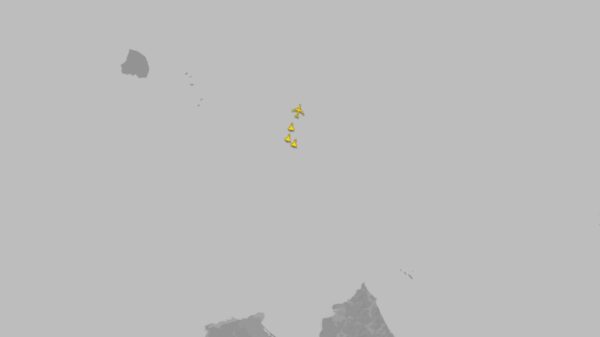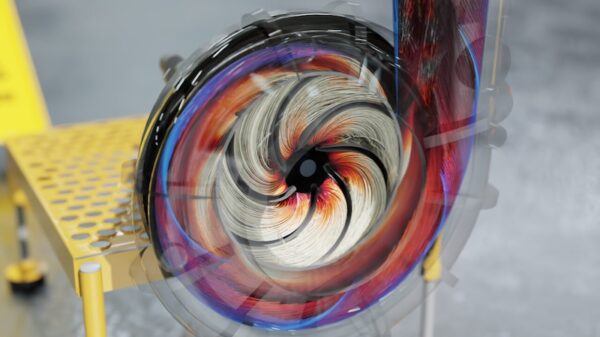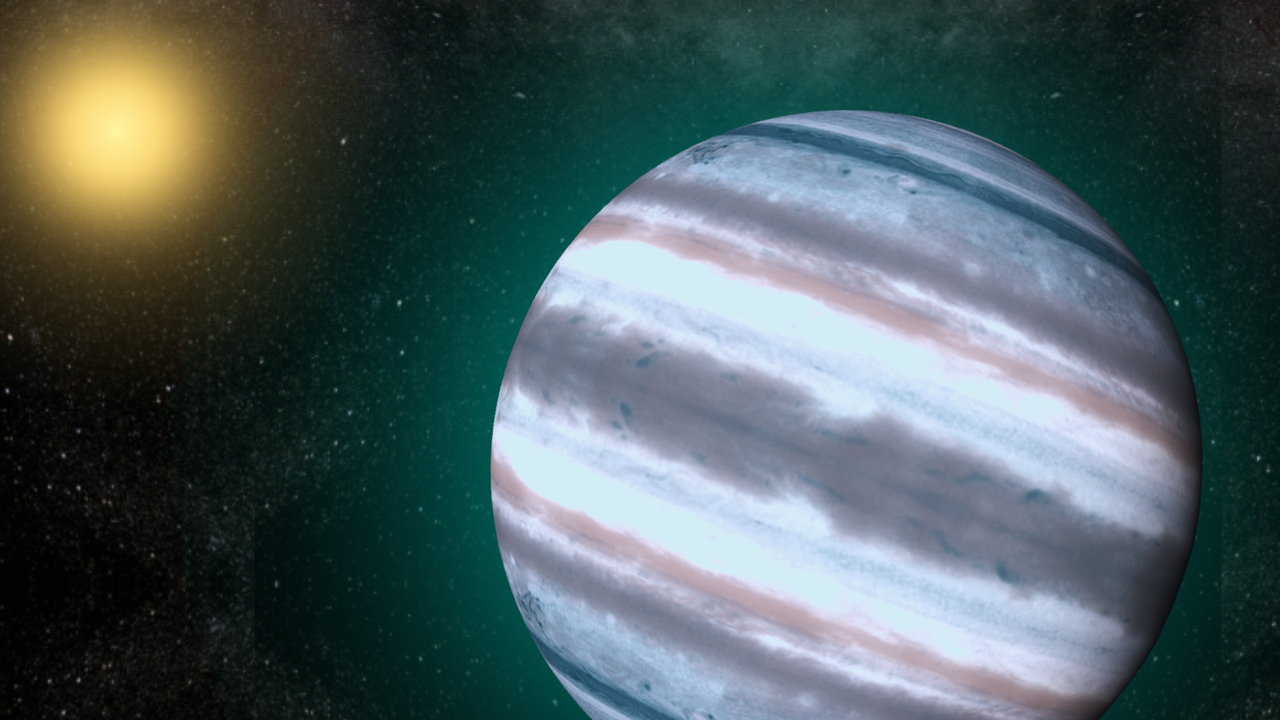Astronomers have initiated a new research program called ATREIDES to explore an enigmatic phenomenon in the cosmos known as the “Neptunian desert.” This term refers to a scarcity of planets with masses up to approximately 20 times that of Earth, specifically those that orbit close to their stars, commonly referred to as “hot Neptunes.” The first targets of the ATREIDES program, the two exoplanets in the TOI-421 system, exhibit misaligned orbits, suggesting a more chaotic evolution than that of our solar system. This study aims to uncover the reasons behind the apparent rarity of hot Neptunes and enhance our understanding of planetary formation across the universe.
Located around 244 light-years from Earth, the TOI-421 system consists of an orange dwarf star and two exoplanets: TOI-421 b and TOI-421 c. TOI-421 b is a scorching sub-Neptune with a mass about 7 times that of Earth, orbiting at a distance equivalent to roughly 6% of the distance between Earth and the Sun. In contrast, TOI-421 c is larger, with a mass of around 14 times that of Earth, and orbits its star at approximately 12% of the distance from the Sun, placing it in a region adjacent to the Neptunian desert, referred to as “the savanna.”
Principal Investigator Vincent Bourrier, a researcher at the University of Geneva, highlighted the significance of the ATREIDES program in a recent statement. He noted that understanding the mechanisms that define the Neptunian desert, savanna, and ridge will provide insights into planetary formation as a whole. Bourrier emphasized that while current findings are intriguing, the universe likely holds more surprises that could challenge existing theories.
Unpacking the Neptunian Landscape
Over the past decade, observations of exoplanets have revealed a complex structure within the Neptunian desert. Areas farther from stars than this desert have shown a richer presence of Neptune-sized planets, leading to the identification of the “savanna.” Additionally, a region dubbed the “Neptunian ridge” has emerged, characterized by a higher density of Neptune-like worlds compared to the desert and the savanna.
The ATREIDES team seeks to understand these three distinct regions by investigating the processes influencing the distribution of planets. They aim to test the hypothesis that the Neptunian landscape results from how planets migrate from their formation sites to their current orbits.
Some planets might migrate slowly through the gas and dust disk during their early formation, resulting in orbits that are aligned with their star’s equatorial plane, much like the planets in our solar system. Conversely, other planets may be violently displaced via a chaotic process known as “high-eccentricity migration,” leading to highly misaligned orbits.
The Path Forward
While the research team has not yet reached definitive conclusions regarding the Neptunian desert and its adjacent regions, their work demonstrates the effectiveness of the ATREIDES program and the innovative techniques it employs. Further observations of planetary systems containing hot Neptunes are necessary to deepen understanding of planetary evolution.
The findings from this research were published in the journal Astronomy & Astrophysics on September 16, 2023. As the ATREIDES program progresses, astronomers hope it will unravel the mysteries surrounding the formation and distribution of exoplanets, shedding light on the dynamics of planetary systems across the cosmos.



































































